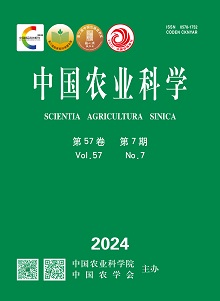Grasslands occupying the most terrestrial land surface display multiple functions. The long-term overgrazing of livestock often occur, and additional climate changes brings about the negative effects on the ecological stability, and therefore, grassland degradation is worldwide prevailing, which reduce the multiple functions of grasslands, and how to restore those degraded grasslands remains a crucial challenge for the human beings. For the past several decades, most researches on grassland restoration have focused on restoration practice rather than underlying theoretical basis, and the general restoration theory is lacking. Consequently, it is hard to have a practical solution for degraded grasslands due to lack of the available techniques. In this paper, the authors summarize the previous grassland restoration theories or models from restoration succession trajectory to the threshold model, the alternative state model and the filter model. A new concept, named as “systematic restoration for degraded grasslands” is put forward, which emphasizes three dimensions as key structure components (trophic species and dominant species of plant-animal-microbe), self-organized processes (water-nutrient coupling, linkage between aboveground and belowground), and multi-functionality (synergy and stability of grassland multiple functions), and also give the further explanations for contexts and mechanisms of the grassland systematic restoration (GSR): system structure integration, self-organization of ecological processes, and multi-functionality. Generally, the target of grassland restoration is approaching to the climax community or primordial state of ecosystem. The authors here emphasize the restoration of system self-organization, resulting from the interactions among the species like plant-soil feedback, as well as grassland multiple functions (goods and ecological services)characterized by their synergism and coupling. At last, the authors discuss the potential restoration practices like natural restoration by fencing and resting, intervening restoration with artificial inputs, and stimulating restoration with utilizing such as grazing and cutting, and perhaps the latter is the feasible mean for practical grassland restoration. The restoration mechanisms and practices for degraded grasslands are more complicated than thought, and here we attempt to establish a comprehensive conceptual framework to provide a new insight into grassland restoration theory. Certainly, it needs more evidence and experiments to enrich this new concept, GSR.











